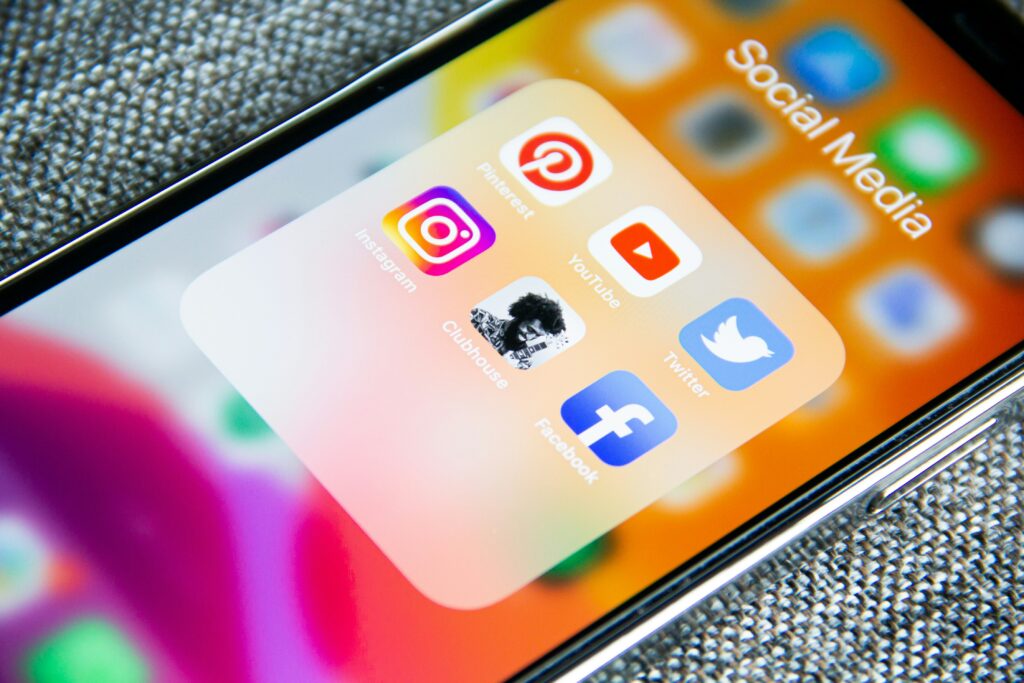This section contain subsections for Module 3, Module 4, and Module 5.
Author: tmusa (Page 2 of 3)
My Screencast on Basic Probability
For this assignment, I created a screencast on a basic probability lesson using MC PowerPoint and Zoom. This helped me learn more about Mayer’s Cognitive Theory of Multimedia Learning (CTML) and how to use its key principles to make my video easier to understand and follow.
My Audience

I imagined my audience as high school students who are new to probability. This influenced my design choices a lot. I made sure to clearly define terms and used simple, relatable examples.
Challenges in Applying CTML Principles
One challenge I had was applying the modality principle, which suggests that learners understand information better when it’s explained through graphics and narrations , rather than using graphics and on-screen text. Since my audience might not be familiar with some of the terms, I had to balance between speaking the lesson and showing key terms on the screen.
How I Applied CTML Principles
I focused on reducing Extraneous Cognitive Load by using less text on each slide. Even though some slides still had more text than I wanted, I tried to split the content across multiple slides. This made it easier for viewers to follow one idea at a time.
I also used the segmenting principle by organizing the lesson step-by-step. I started with basic probability terms and then showed examples of calculating probability in simple cases.
Lastly, I applied the image principle, which suggests that showing the presenter’s image might distract from the content. So, I chose to use only my voice to help the audience stay focused on the material without distractions.
Comments
I had issue with my blog post so here’s a screenshot of the comments
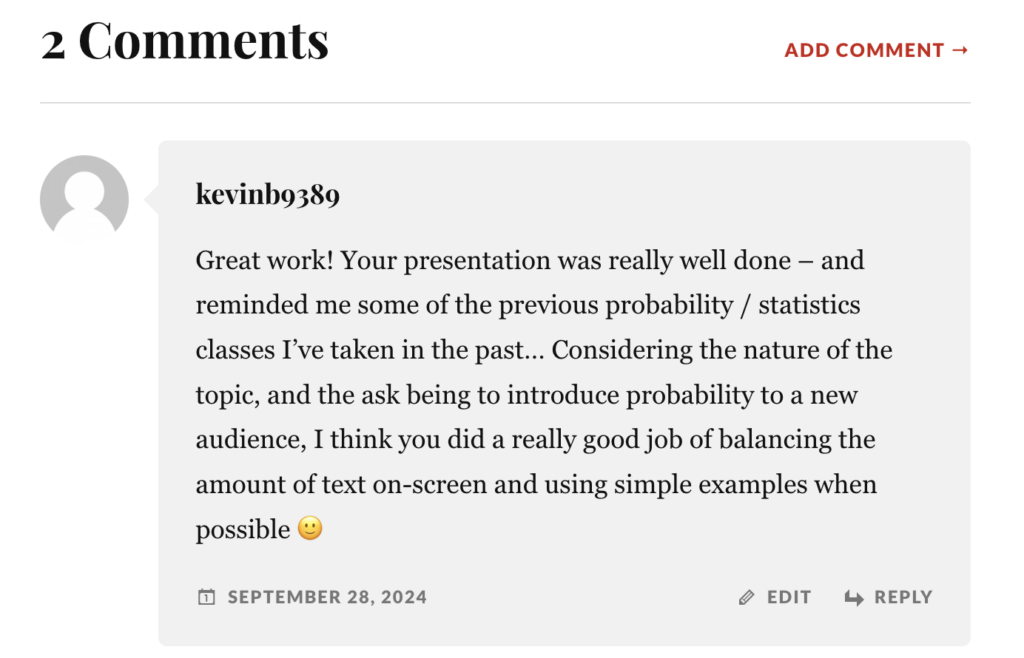
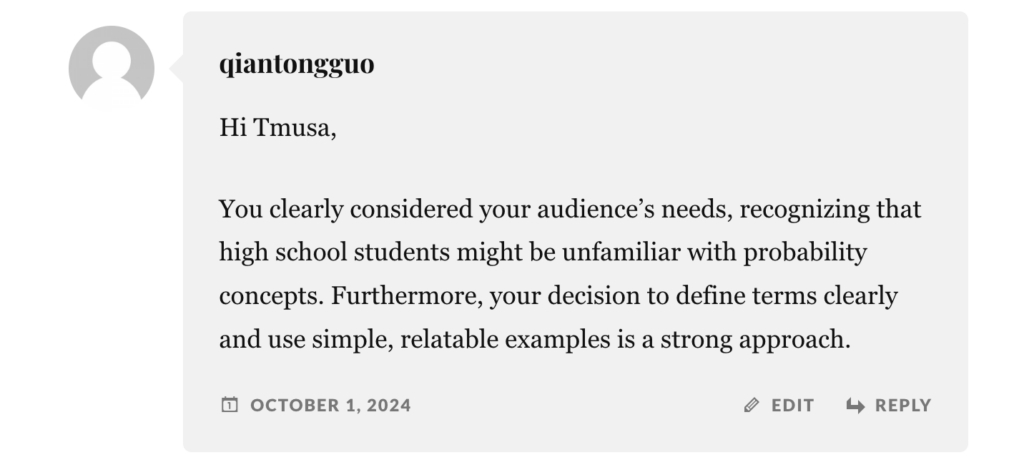
Hi,
This page contains four subpages:
- Blog Comments ( My comments to my classmates’ blog post)
- Assignment 1: Midterm Review – Blog Posts (Modules 1-2)
- Assignment 2: Final Review – Blog Posts (Modules 3-5)
- Assignment 3: Rich Multimedia Lesson (group project)
Using Your PLN for Growth: Describe how you actively use your PLN for professional growth and learning. What social media platforms have you found to be the most engaging, informative, and able to share resources, seek advice, and collaborate with peers?
I use different social media platforms for various learning and advice-seeking needs.
Reddit: I rely on Reddit for choosing my courses at UVic and for finding advice on specific topics. For example, if I need to know how to post HD reels on Instagram, I’ll search on Google and include Reddit to get user tips and experiences.
YouTube: When I need information about a product, like Dyson or laptop, I watch YouTube reviews to learn more. If something goes wrong with my laptop, I also search YouTube for how-to-fix-it videos. YouTube is super helpful for understanding lecture notes too.
Instagram: I use Instagram to share photos and videos with my family and friends, keeping them updated.
These platforms help me stay informed, get advice, and learn new things, which all contribute to my personal and professional growth.
Engaging with Your Community: Think about how you engage with your PLN community. How do you participate in discussions, offer support and feedback to peers, and share valuable content?
Participating in Discussions: I love jumping into conversations in the comments sections on Reddit, YouTube, and Instagram. I comment on posts to share my thoughts, ask questions, and join in on discussions. It’s a great way to stay connected and learn from others.
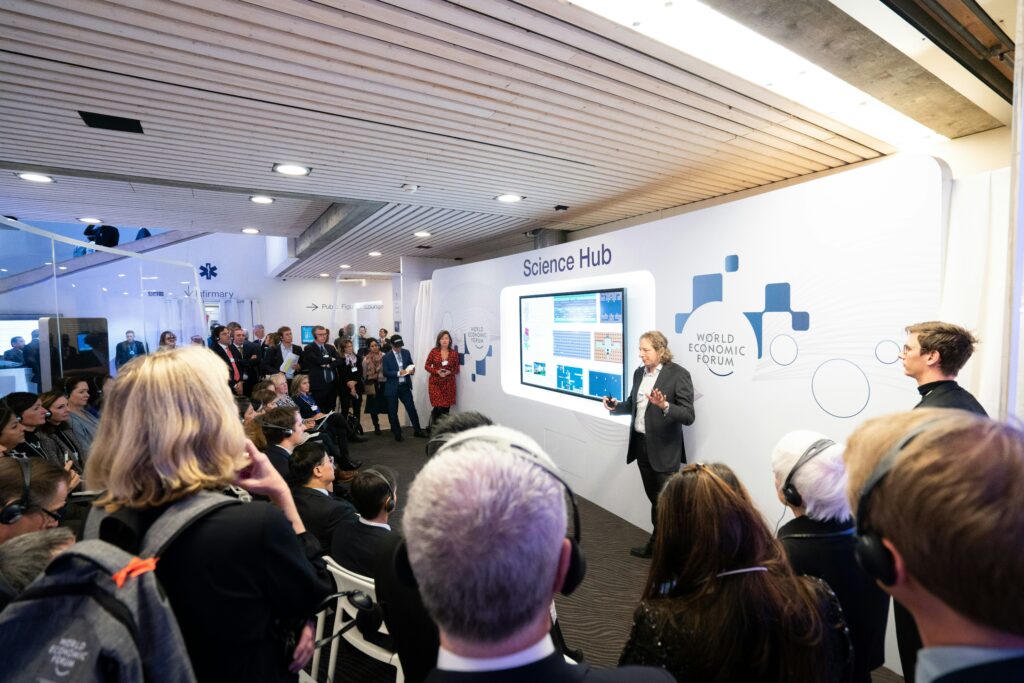
Offering Support and Feedback: I like helping out my peers by giving advice and feedback. On YouTube, I leave comments to thank creators for their helpful videos or to add extra tips that might help others.
Sharing Valuable Content: I enjoy sharing useful information with my community. On Instagram, I might post or share stories that I find interesting or helpful. When I find a great YouTube video or an insightful Reddit thread, I make sure to share it with my network to spread the knowledge.
Building a Supportive PLN: What steps have you taken or plan to take to build a supportive PLN? How do you identify and connect with individuals with similar professional interests and goals?

Photo by Shane Rounce on Unsplash
User-Friendly Platforms: First, the website or platform needs to be easy to use and navigate. It should be simple to make posts, edit them, and share photos and videos with transcripts. If sharing any references, make sure the links are clickable so they’re easy to find.
Virtual Meetups: Having a feature similar to Zoom is essential for one-on-one sessions. This allows anyone who needs personalized help to get it easily.
Local Connections: Creating pages that connect people who live nearby or in the same area is also important. This can help build stronger, more localized support networks.
This is also a great video of building a professional PLN

Expanding Your PLN: What are your long-term goals for your PLN? What strategies will you take to expand your network to include international contacts or experts in specific fields?
Translation and Accessibility: One of my main goals is to include translations for valuable content. For instance, I once found an excellent math video in Hindi language but wished it had an English translation. Ensuring content is accessible in multiple languages will help me and others benefit from diverse resources.
Building a Diverse Network: I aim to build a diverse network by actively seeking connections from different cultural and professional backgrounds. This diversity will enhance my learning experience and provide varied perspectives on different topics.
Diverse PLN Benefits
How does having a diverse PLN improve your learning and personal/professional growth? Share any experiences or examples you have.
Engaging with individuals from different backgrounds helps you see issues and solutions from multiple angles. This broader viewpoint can lead to more creative and effective problem-solving.

Photo by Nathan Dumlao on Unsplash
Example: Volunteering to help middle and high school students with math lessons, I encountered students from various cultural backgrounds. Learning about their unique educational challenges and cultural approaches to learning mathematics enriched my teaching methods, making them more inclusive and effective.
Creating an Inclusive PLN
What steps can you take to ensure your PLN includes various voices and perspectives? Think about actions you can take to promote inclusivity.
- Translation Services: Make use of translation tools and services to break down language barriers. When posting videos or written content, provide transcripts that can be easily translated.
Example: For any video content I create, I can provide a Word document with transcripts. This allows people who don’t speak the language to copy and paste the text into translation tools, making the content accessible to a wider audience.
- Offer Sign Language Services: Ensure that your content is accessible to individuals with hearing impairments by providing sign language interpretation.
Example: During webinars or live workshops, I can arrange for sign language interpreters to be present.
- Schedule Flexibility: Consider the diverse time zones and availability of your network members when planning events or sessions. Offering multiple time slots or recording sessions for later viewing can help include more participants.
Example: When organizing workshop sessions, I survey the participants to find the most convenient times for everyone. If that’s not possible, I record the sessions and make them available for later viewing, ensuring that no one misses out due to scheduling conflicts.
This video also shows how to create an inclusive classroom:
Social Media Dynamics
Different social media platforms have unique features and cultures. How do these differences affect how you interact with others in your PLN? Reflect on your behaviour and interactions across platforms.
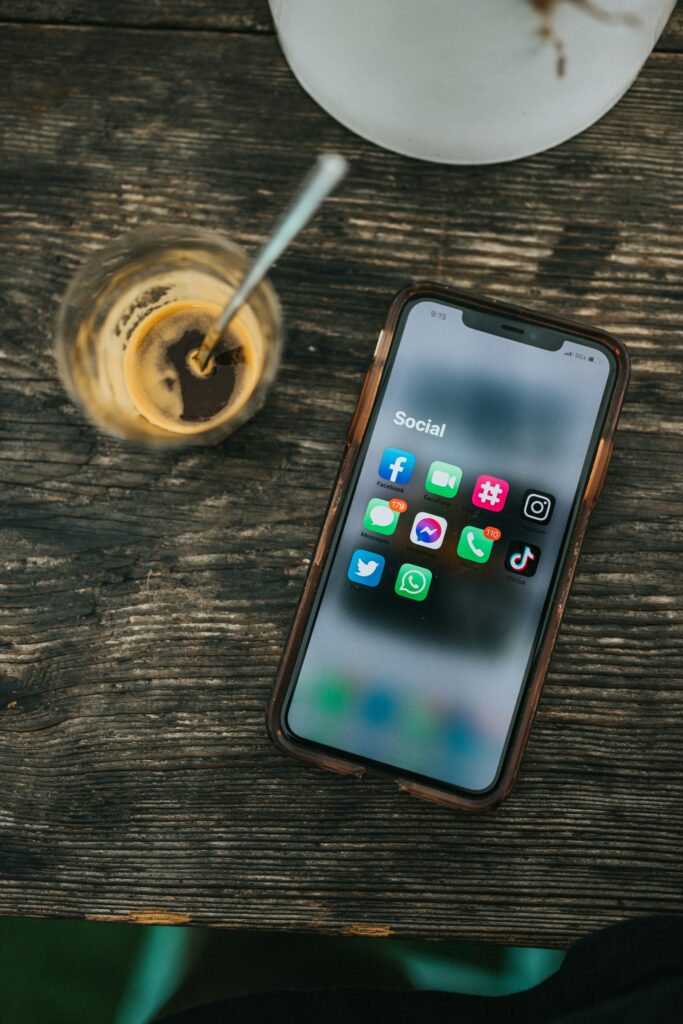
Photo by Nathan Dumlao on Unsplash
Reddit:
- Features: Reddit consists of subreddits, which are individual communities focused on specific topics.
- My Interaction: I participate in subreddits that align with my interests and professional goals. This platform is particularly useful for detailed discussions, asking for advice, and learning from a diverse group of people with various expertise and experiences.
Instagram:
- Features: Instagram offers the “Close Friends” feature, allowing you to share content with a select group of people.
- My Interaction: I use Instagram to share more personal and visual updates with my PLN. The “Close Friends” feature is particularly useful when I want to share content that is more private.
Challenges of Inclusivity in Digital Spaces

What difficulties have you faced, or do you think you might face, in making your PLN inclusive? Consider ways to overcome these challenges and build a supportive and inclusive PLN.
Language Barriers:
- Challenge: Communicating effectively with members who speak different languages can be difficult.
- Solution: Use translation tools and services to provide content in multiple languages. For example, when sharing videos, include transcripts in different languages. Encourage members to use translation tools to engage with content and participate in discussions.
Time Zone Differences:
- Challenge: Coordinating events and real-time interactions can be challenging when members are spread across different time zones.
- Solution: Offer multiple session times for live events or record sessions for later viewing.
Hi Rose,
Your blog post does a great job explaining the importance of digital footprints. I like how you shared your experiences from school, like the posters in the computer lab, to highlight how early we learn about our online presence.
Your steps to protect your privacy, especially with the rise of AI, show a good understanding of digital security. I like how you mentioned that you keep your personal and professional lives separate but recognize they can complement each other.
The idea of building a professional online presence after graduation is a smart idea and will help with networking.
Overall, your post is engaging and offers practical advice for managing digital identity.
Thank you!
Hi Atalaya,
Your blog post does a great job explaining digital identity in a simple and clear way. I like how you compare a digital footprint to a tattoo—it really sticks with you. You cover everything from personal information and social media profiles to professional networks.
I really liked your tips on managing privacy and keeping personal and professional lives separate.
The part where you talked about the challenges and benefits of having both personal and professional identities online is very relatable. Overall, your post is helpful and easy to understand, making it a great read for anyone looking to learn more about digital identity.
Thank you!
